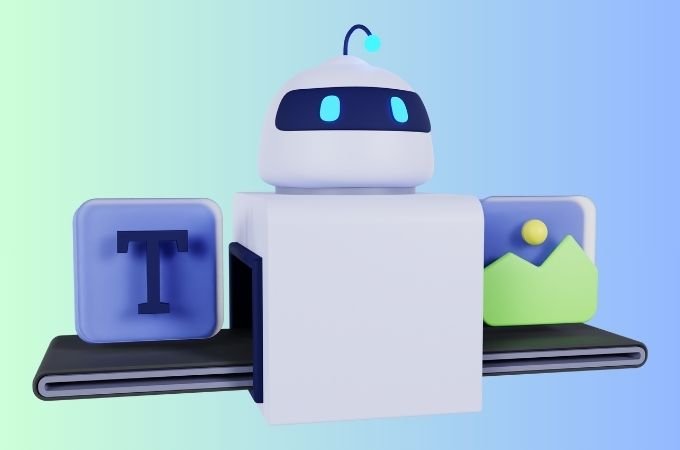How Text-to-Image AI Is Transforming Content Creation

Text-to-image AI represents a significant shift in the landscape of content creation. By converting textual concepts into striking visuals, this technology enhances both creativity and efficiency. It facilitates rapid brainstorming, allowing creators to explore ideas in ways previously unattainable. Various industries are beginning to harness its potential, but the implications for visual storytelling remain largely untapped. What possibilities lie ahead as this technology continues to evolve?
The Evolution of Text-to-Image AI Technology
As advancements in artificial intelligence continue to reshape creative industries, the evolution of text-to-image AI technology stands out as a significant milestone.
This progress is largely driven by algorithm advancements that enhance the accuracy of artistic interpretations. By transforming textual descriptions into vivid imagery, these technologies empower creators, offering unprecedented freedom to express their ideas while expanding the boundaries of visual storytelling.
See also: How to Use AI Voiceovers for Podcasts and YouTube
Enhancing Creativity and Efficiency in Content Creation
While traditional content creation often relies heavily on human imagination and labor, the integration of text-to-image AI has revolutionized this process by significantly enhancing both creativity and efficiency.
This technology facilitates visual brainstorming, allowing creators to explore diverse ideas rapidly.
Moreover, it fosters creative collaboration, enabling teams to merge visions seamlessly, thus streamlining workflows and unlocking new artistic possibilities in content development.
Applications Across Various Industries
Text-to-image AI has found applications across a multitude of industries, transforming the way visuals are generated and utilized.
In marketing strategies, companies leverage this technology to create tailored visuals that resonate with target audiences.
Additionally, design innovation flourishes as creatives experiment with AI-generated imagery, enhancing branding efforts and enabling rapid prototyping, ultimately fostering a more dynamic and engaging content landscape.
The Future of Visual Storytelling With AI
The evolving landscape of visual storytelling is poised for a profound transformation through the integration of AI technologies.
As text-to-image AI enhances digital artistry, creators can craft compelling visual narratives with unprecedented efficiency.
This shift not only democratizes content creation but also empowers storytellers to explore innovative concepts, ultimately reshaping the way audiences engage with and interpret visual experiences in a liberated, imaginative space.
Conclusion
In conclusion, text-to-image AI is fundamentally altering the landscape of content creation, allowing for greater creative expression and efficiency. A notable statistic reveals that 70% of creators who utilize this technology report heightened productivity and innovation in their work. As industries increasingly adopt these tools, the potential for rich visual storytelling continues to expand, promising to reshape how narratives are crafted and shared. This evolution not only enhances individual creativity but also fosters collaboration across diverse fields.





